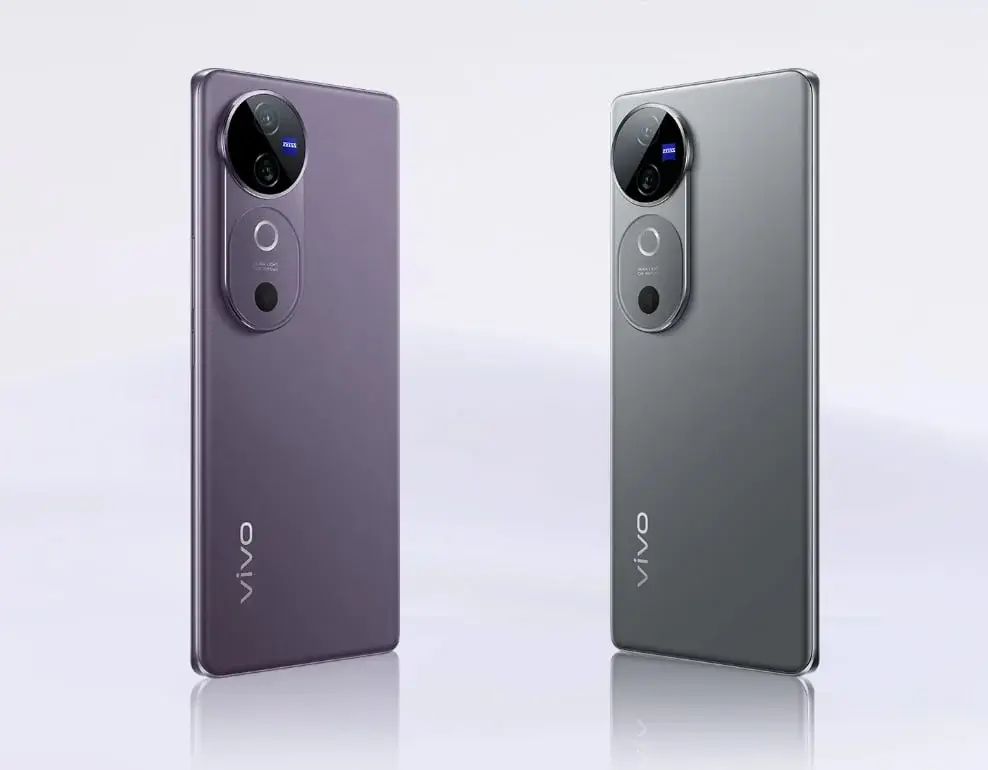Vivo has recently introduced a new addition to its V series lineup, the Vivo V40. This model is a slightly modified version of the Chinese Vivo S19, which debuted in May 2024. Currently available in the EU, certifications such as the Bureau of Indian Standards suggest that it will soon make its way to the Indian market. But is it worth the anticipation?
Camera is its main strength
The Vivo V series is comparable to the Oppo Reno series in the premium-midrange category, offering a balanced set of features. One of the standout aspects of the V40 is its camera system. It features a ZEISS optics 50 MP primary camera with an f/1.88 aperture, optical image stabilization, and an 84° field of view. This is complemented by another 50 MP ultra-wide sensor equipped with ZEISS lenses and Autofocus support, featuring an f/2.0 aperture and a 119° field of view. The front camera is equally impressive, boasting a 50 MP Autofocus Group Selfie Camera with an f/2.0 aperture and a 92° field of view.
For video recording, the rear camera can shoot in up to 4K at 30FPS with gyro-EIS stabilization, while the front camera also supports video recording in up to 4K at 30FPS.
Hardware choice is a bit puzzling
Under the hood, the V40 is powered by the Snapdragon 7 Gen 3 processor, the same chipset found in its predecessor, the Vivo V30. Although the processor, released in November 2023, offers decent performance, Vivo has opted for LPDDR4X RAM and UFS 2.2 storage. This combination is usually found in more budget-friendly devices, leaving some puzzled as to why Vivo did not upgrade to more advanced options to better compete in the premium mid-range segment.
Given the hardware, users can expect the V40 to perform similarly to the V30, as it also features the same LPDDR4X RAM and UFS 2.2 storage paired with the Snapdragon 7 Gen 3 processor.
Display & design
The V40's design is one of its highlights, featuring a sleek body that is just 7.58mm thick and weighs 190 grams. The device has rounded edges and a glass back available in two matte finishes: Stellar Silver and Nebula Purple. It also boasts IP68 water resistance, allowing it to survive submersion in up to 1.5 meters of water.
The front of the device sports a 6.78-inch 1.5K (2800×1260 pixels) Curved AMOLED display with a 120Hz refresh rate and HDR10+ support, offering peak brightness of 4500 nits. The display also incorporates a fingerprint sensor for biometric unlocking.
Large battery with respectable fast charging
The V40 is equipped with a large 5,500mAh battery supporting 80W wired fast charging. While not the fastest in the market, it can fully charge the device in approximately 48 minutes. Notably, it supports USB-PD charging instead of proprietary fast charging technology, meaning any PD charger with at least 80W capacity can be used for fast charging the device.
Final thoughts
The Vivo V40 is an appealing smartphone, particularly for those interested in high-quality cameras, with an excellent front camera ideal for group selfies. Performance-wise, it handles everyday tasks smoothly and can manage casual gaming, although it may struggle with high frame rate games. For those seeking a device for taking great photos and selfies, the Vivo V40 is a worthwhile option.
For those considering alternatives, the Vivo V30, launched in March, offers similar features. If the release of the V40 results in a price drop for the V30, it could present a cost-effective option.
As of now, there is no official announcement regarding the Vivo V40's release in India, but rumors suggest it might be unveiled later this month or in August.


Leave a Reply